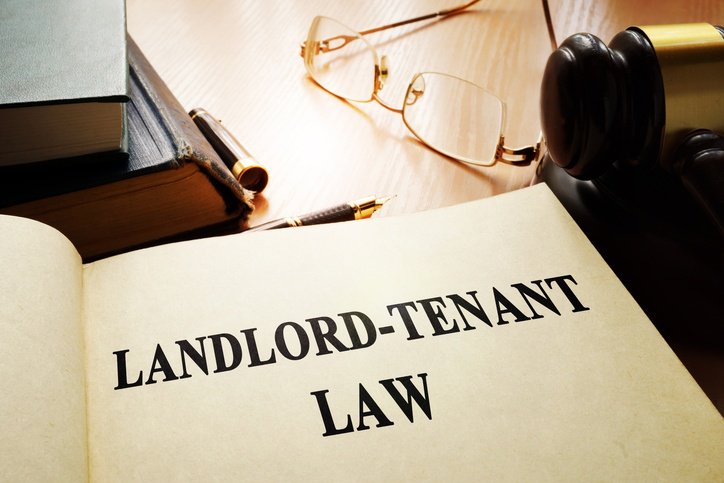Average Landlord made £80,000 Profit from Selling Property Last Year
The average buy-to-let landlord made an £80,000 profit from selling a rental property last year, according to data from Hamptons International.
Unsurprisingly, landlords in London made the most, at an average of £248,120, which is almost three times as much as those selling property outside of the capital.
In 2018, 85% of landlords sold their buy-to-let properties for more than they paid for them, with 15% making a loss.
However, the research, which also found that the average landlord selling up last year owned their property for 9.6 years, revealed that the profit made by landlords was down by £3,660 (4.4%) on 2017, when they made £83,430 on average.
The London landlords that sold last year made £24,000 less than those who sold in the capital in the previous year.
Hamptons International found that the average pre-tax profit earned by a landlord who sold up fell in five out of ten regions between 2017-18, as house price growth slowed.
Landlords who sold their properties in the North East made the smallest average gain last year, of £11,810, which is £4,270 less than in 2017.
Meanwhile, the average gain increased between 2017-18 in the South West (£3,460), East Midlands (£2,020), North West (£400), Yorkshire and the Humber (£4,490), and Wales (£5,340).

Landlords selling up in London and the South East were most likely to sell their properties for more than they paid for them, with 96% of investors making a profit in 2018. However, those selling in the North East were least likely to make gains, with 56% making a profit, while 44% made losses.
There were four local authorities across England and Wales where landlords were more likely to sell their buy-to-lets at a loss in 2018 – South Tyneside (49%), Sunderland (48%), Darlington (45%) and Middlesbrough (43%).
With the highest property values and strongest house price growth over the past ten years, it’s no surprise that the top ten local authorities where landlords made the largest gains in 2018 were in London.
Landlords selling in Kensington and Chelsea made the greatest pre-tax profits in 2018, at an average of £1,072,880, having owned their properties for typically 10.6 years.
Outside of the capital, the South Bucks district offered the highest average gain, at £278,310.
Aneisha Beveridge, the Head of Research at Hamptons International, says: “The average landlord who sold their buy-to-let last year did so for nearly £80,000 more than they paid for it. Over the 9.6 years that the average landlord has owned their buy-to-let, house price growth has driven their gains, with prices having risen around 30% over the period. But, given lower expected future house price growth and tighter mortgage regulation, more investors are shifting their focus from capital gains to yields.”
The estate agent also revealed that rent price growth has increased to an average of 2.1% in Great Britain – the highest rate since January 2018 – as the cost of a new let rose to £972 per month.
Rents increased in every region, led by gains in London, which averaged 3.9% year-on-year, followed by the South West (1.8%) and the Midlands (1.6%).
Beveridge adds: “Rental growth accelerated to 2.1% in Great Britain last month – the highest level since January 2018. This was driven by a 3.9% year-on-year increase in London rents.”





